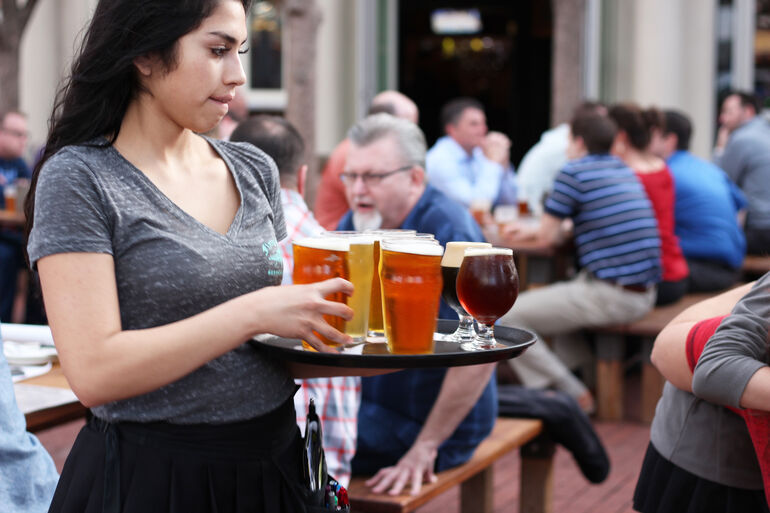Start 14-Day Trial Subscription
*No credit card required

2018 Restaurant Trends
Restaurant industry sales reached a whopping $798.7 billion in 2017, which marked a 4.3 percent increase over 2016 sales – the eighth straight year of gains for the industry. In contrast, total beer dollar sales in 2017 were a little more than $34 billion, a modest 1.2 percent increase from the previous year. Total beer volume sales were essentially flat – down 0.4 percent.
According to the National Restaurant Association, of the $798.7 billion in sales in 2017, $263 billion (3.5 percent growth) was ascribed to full-service establishments and $234 billion to quick service and fast casual (an impressive 5.3 percent growth).
What’s Trending in 2018?
Nearly 700 professional chefs were surveyed in late 2017 by the National Restaurant Association regarding what will be the hottest restaurant trends in the year ahead. The number one culinary concept (favored by 74 percent of responders) was hyper-local sourcing, which entails using ingredients that were grown and harvested on the restaurant’s premises.
For example, restaurant gardens that grow their own produce, brewpubs and restaurants that feature on-site beer brewing, or establishments that bake their own bread or produce their own charcuterie are all examples of hyper-local sourcing.
Other top predicted trends included house-made condiments, which falls in line with the hyper-local sourcing trend as it involves creating fascinating new condiment combinations − such as ketchup made with curry powder or tartar sauce made on a restaurant’s premises − with fresh, hyper-local ingredients.
Authentic ethnic-inspired ingredients are sure to be another big trend in 2018, as 52 percent of all adults say they consume more ethnic cuisine than they did two years ago. This renewed focus on ethnic-inspired dishes means that restaurants will branch out from their restaurant’s “theme” to cater to all taste palates.
In that vein, more than 4 out of 10 restaurateurs “believe that offering ethnic-cuisine items outside the main menu theme will become more common,” according to the National Restaurant Association.
Some ethnic dishes also fall in line with another major trend, which is the rise in popularity of street food-inspired dishes – or those you’d see on the streets of major cities worldwide. A few examples are tempura, kabobs, dumplings or pupusas.




